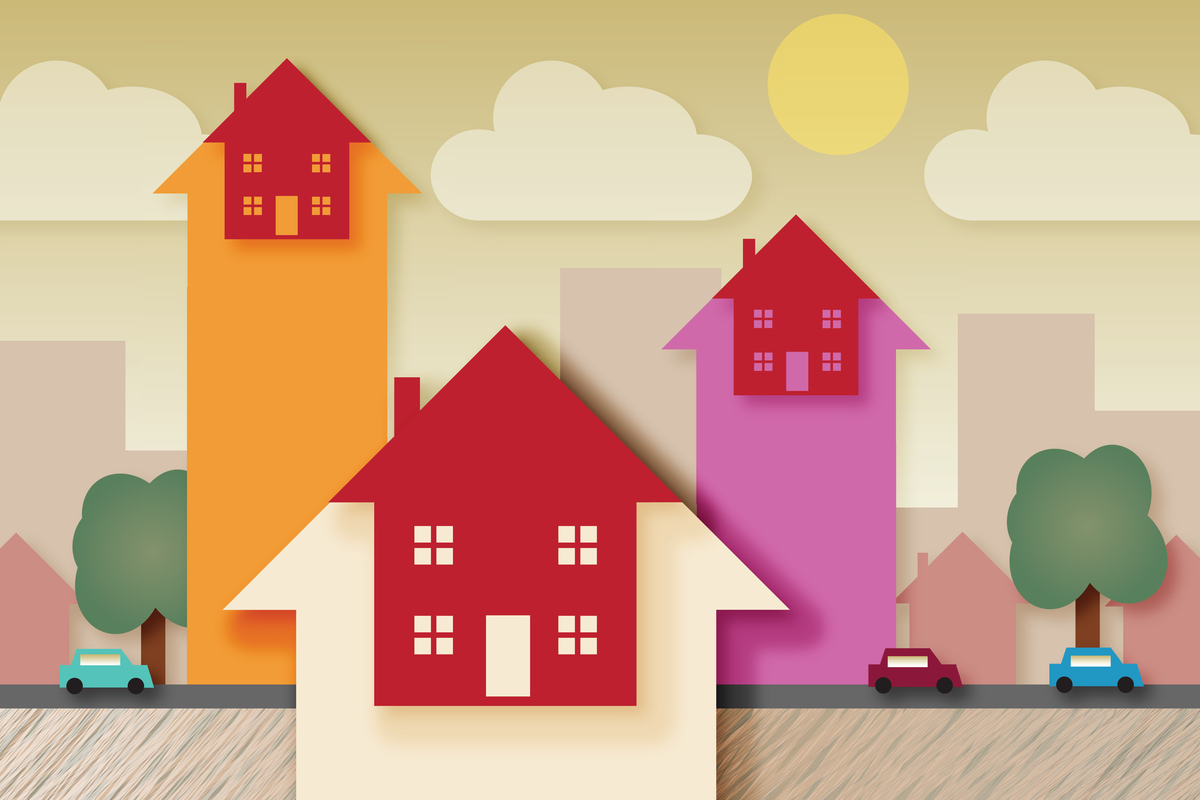
House Prices in Scotland
Here in the UK, we are in the midst of a cost-of-living crisis. Interest rates went up last week for the third time since December to 1%, fuel prices are on the rise, the energy price cap will be going up again in October, and food is increasingly expensive. But how will this impact Scottish house prices?
Despite the rising price of goods and energy, the market is still extremely buoyant. Since the property market reopened after the pandemic, house prices have been underpinned by a distinct lack of supply. With home-working, lockdowns and restrictions came a re-evaluation of what we want from our homes. We saw people move away from city living to more rural locations with more inside and outside space to accommodate for our ‘new normal’ of home schooling, working and socialising.
The lack of homes coming to the market has continued for the past two years and during this time we have seen record rises in house prices.However, there are now some indicators that this rise will start to slowdown. According to the April Residential Market Survey from the Royal Institution of Chartered Surveyors (RICS), 65% of respondents said that house price had gone up. New buyer enquiries and newly agreed sales were also up very modestly by 6% and 4% respectively. Scottish surveyors predict that both prices and sales activity will continue to go up in the short-term but there was some softening in their responses with 27% of respondents expecting prices to increase over the next three months, compared to 38% the previous month. In addition, 8% of those surveyed expect sales to increase going forward, compared to 16% previously.
According to RICS, one of the main trends at present is a lack of homes coming onto the market. New instructions were -5% compared to the last report, suggesting that there are less properties currently being listed by potential sellers. This was the ninth month in succession that the figure was negative.
We are seeing pent-up demand and insufficient supply but despite this, market commentators believe we will start to see a gradual slowdown as the increased cost of living finally affects the residential market.
RICS’ economist Tarrant Parsons commented: “Despite growing macro headwinds in the form of cost-of-living pressures and higher interest rates, the UK residential market continues to see modestly positive trends in new buyer enquiries.
“For the time being at least, even though there is a lot of caution about the future economic landscape, it seems that limited supply available on the market, coupled with steady demand growth, are still the overriding drivers of house prices.
“As such, there is little evidence at this stage of house price inflation losing much momentum, while expectations for the coming twelve months have only moderated slightly from recent highs.”
